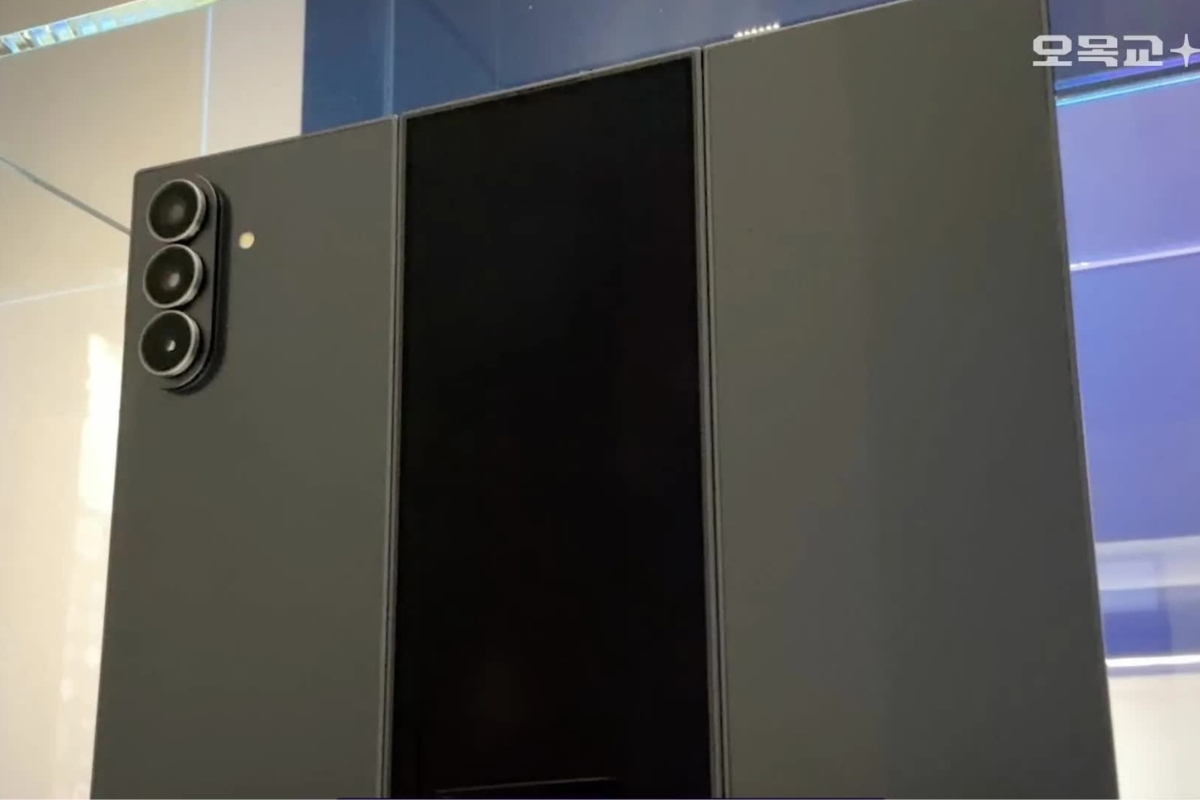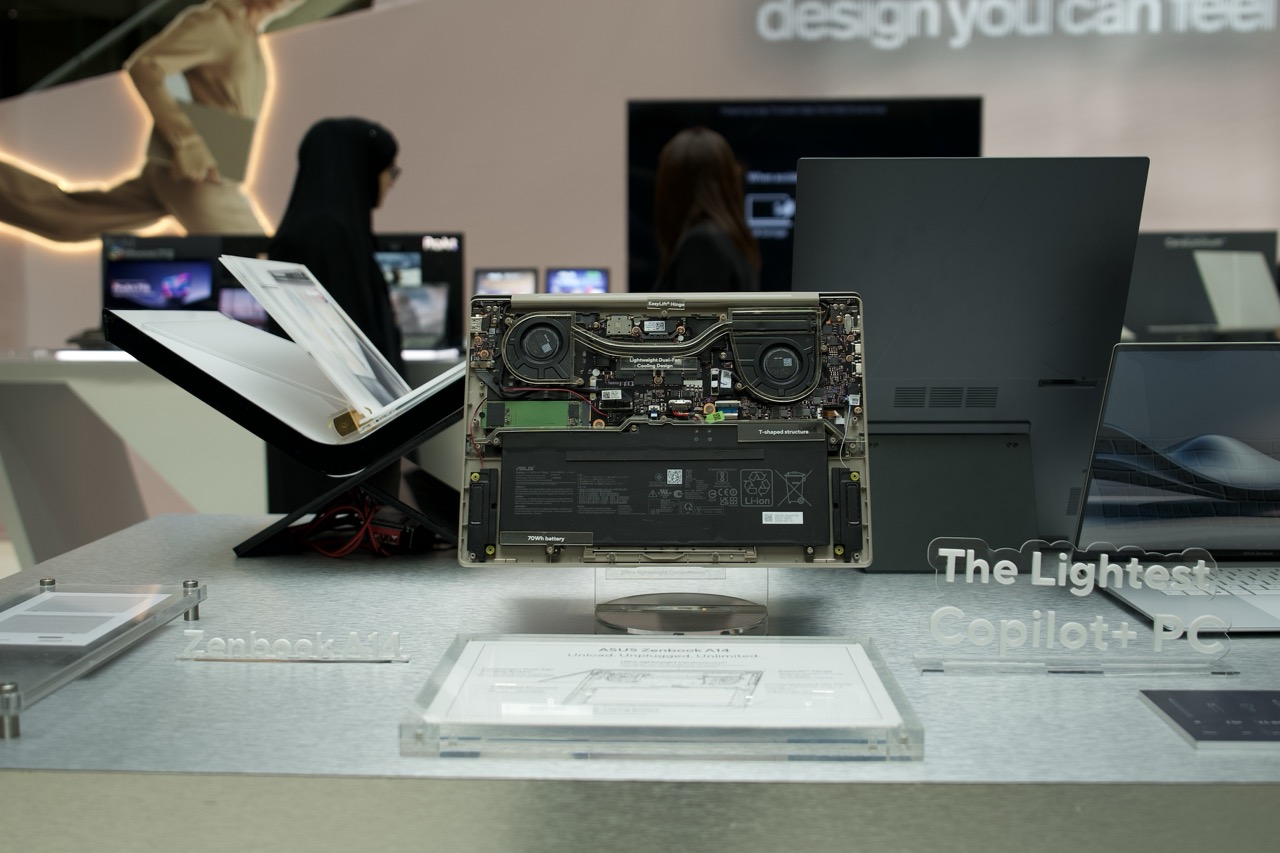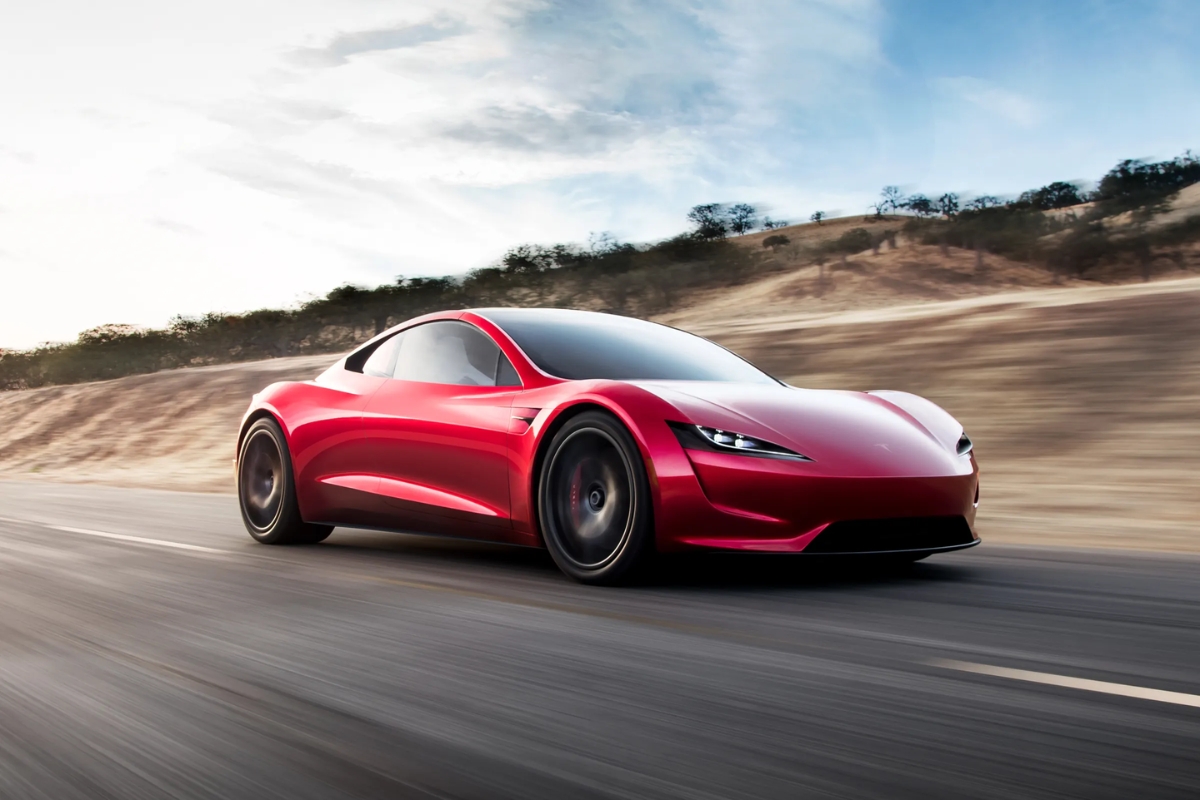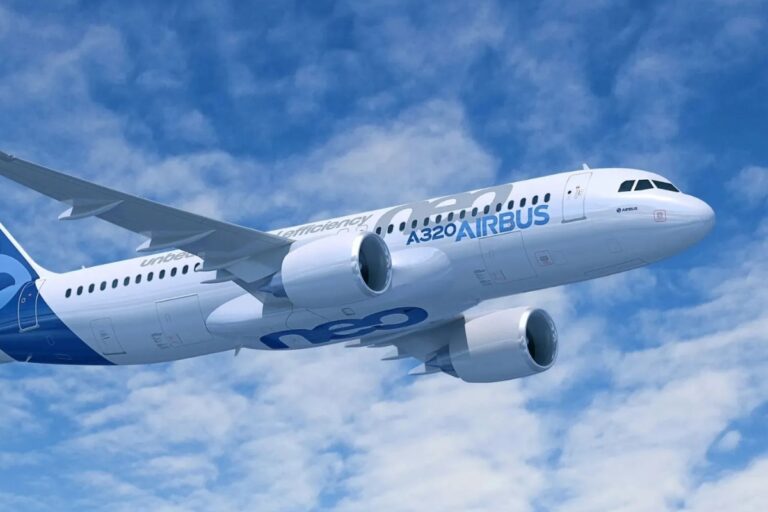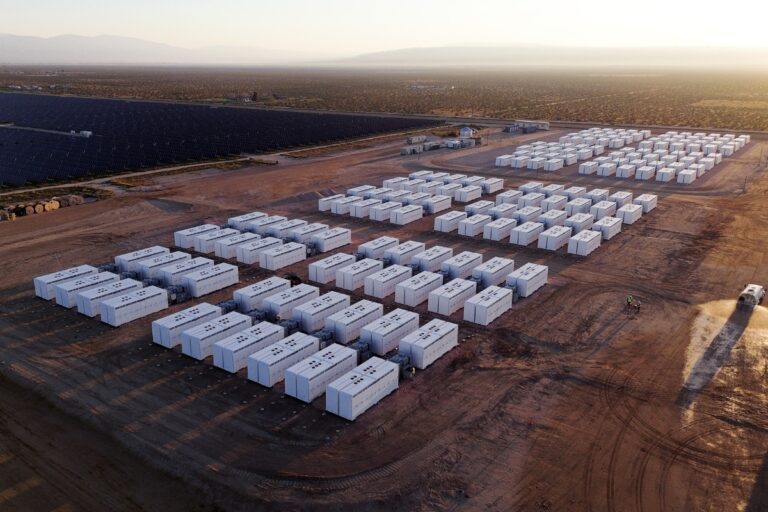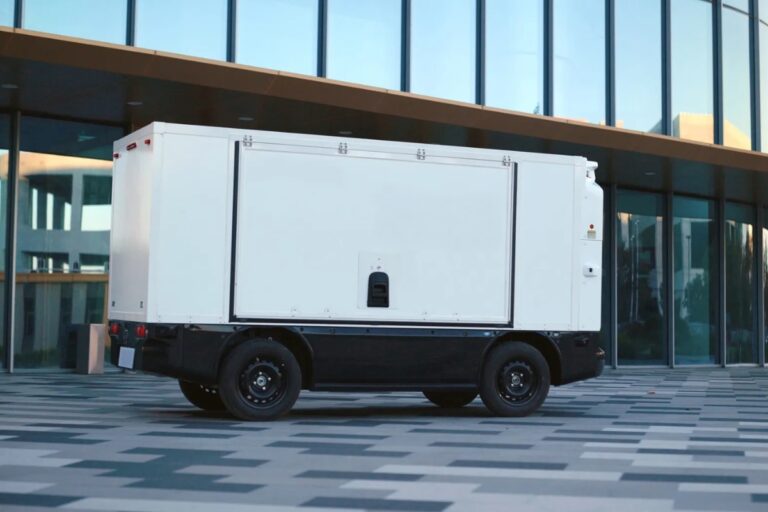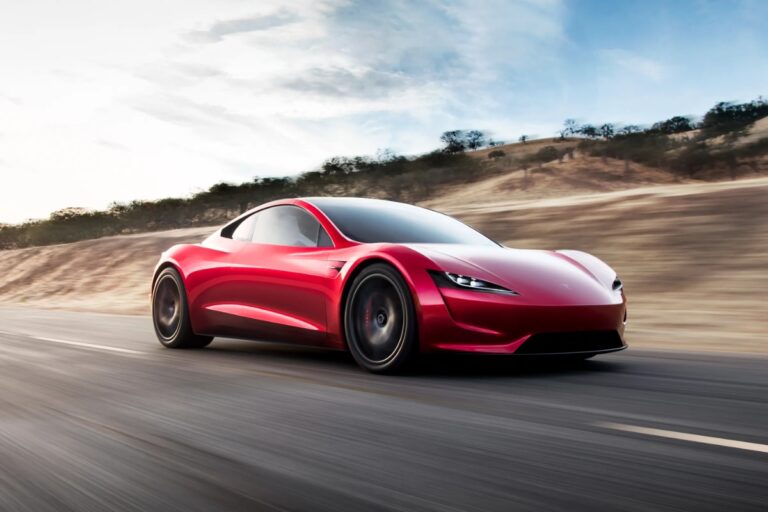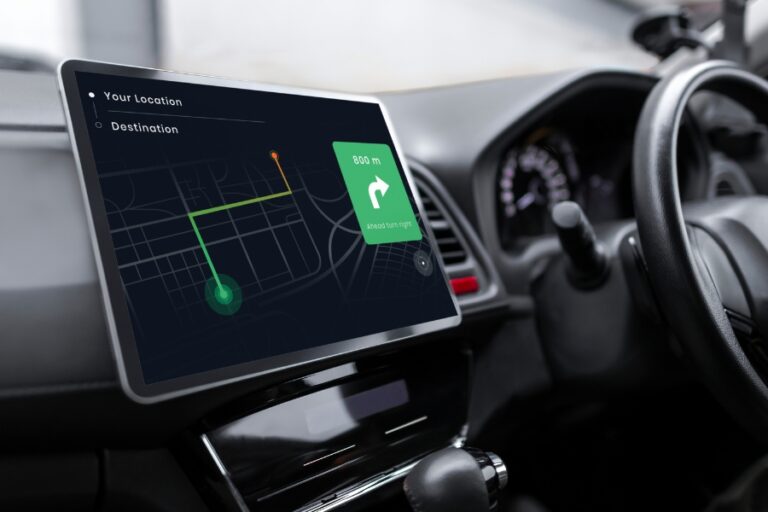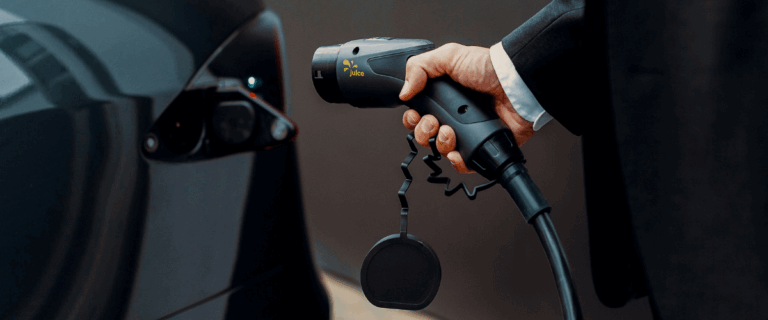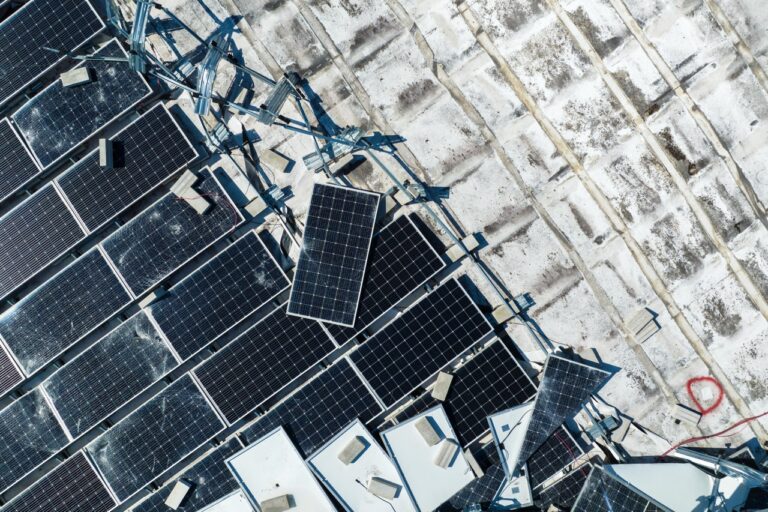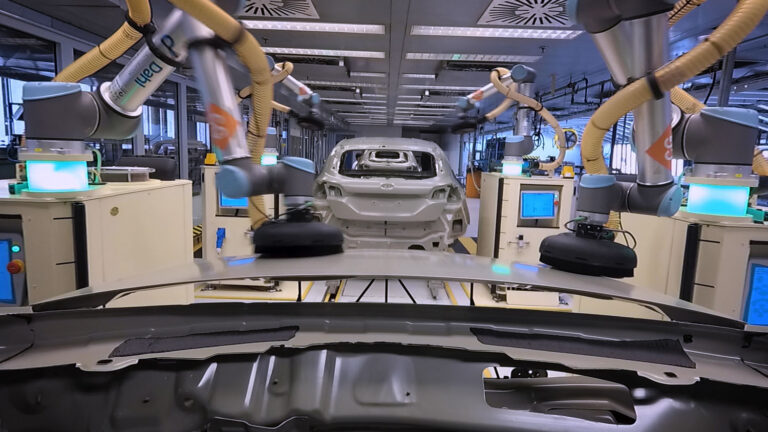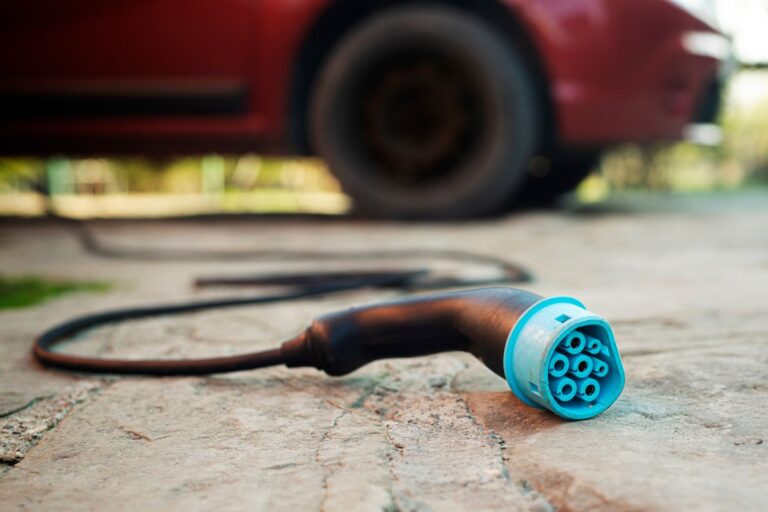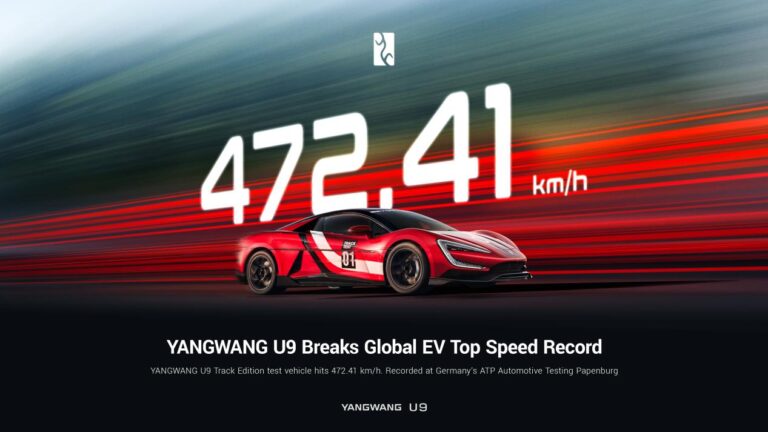For Five Years, Researchers Have Powered Public Transport Using “Human Waste”
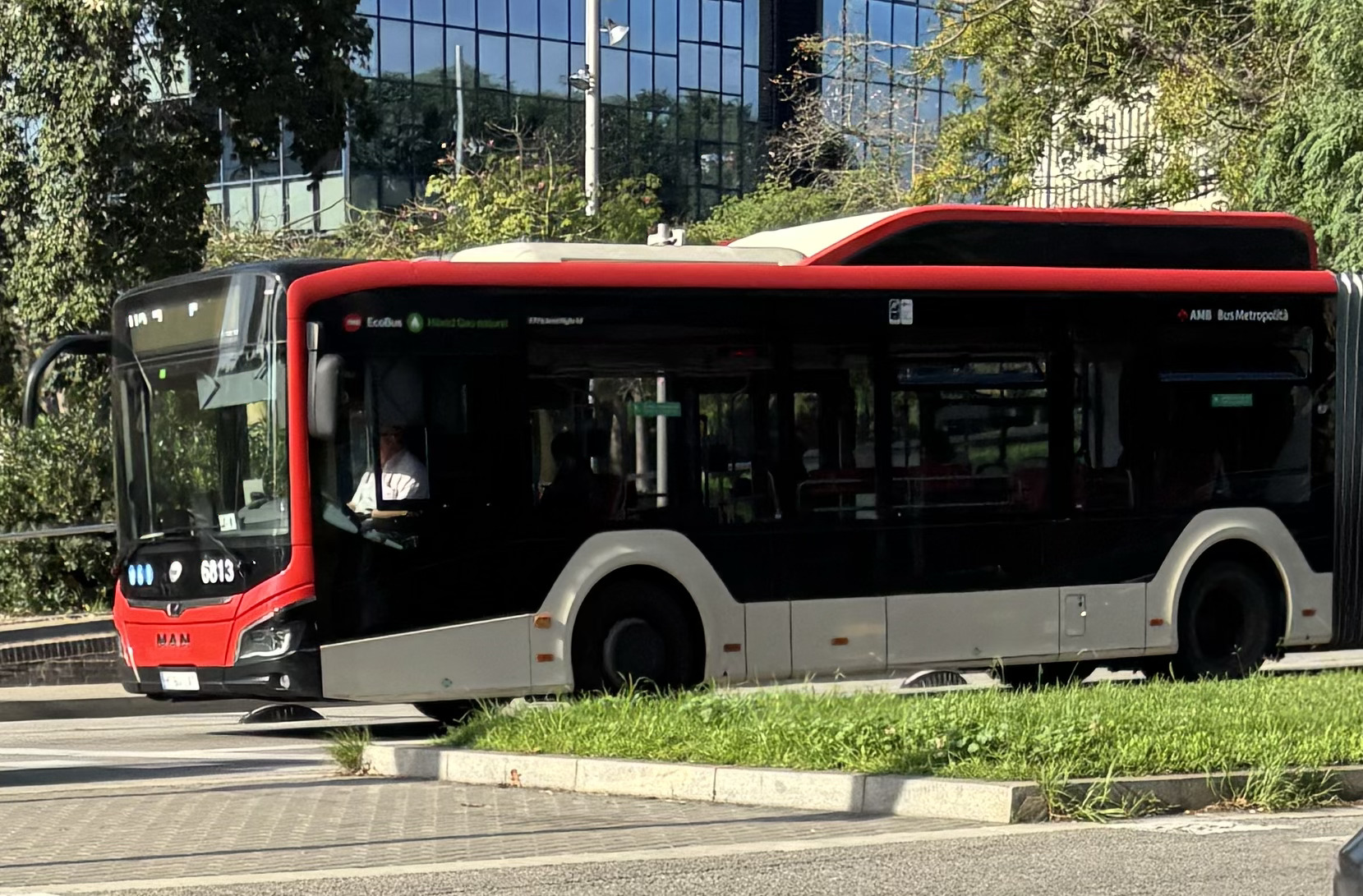
⬤ A Barcelona’s V3 bus line runs on biomethane made from human waste.
⬤ Wastewater plant processes 400,000 m³ daily, cutting CO₂ emissions by 80%.
⬤ Veolia’s method converts biogas without separating CO₂, using hydrogen to boost methane.
Spanish researchers have converted Barcelona’s V3 bus line into an experimental vehicle running entirely on renewable natural gas. Over five years, teams from the city’s water distribution company (Veolia), the Barcelona public transport authority (TMB), and the Autonomous University of Barcelona have worked together to power public transportation with biomethane extracted from human waste.
The researchers used a wastewater treatment plant in Baix Llobregat, one of the largest industrial water purification facilities in Europe, to develop renewable fuel that emits 80% less carbon dioxide compared to natural gas. The plant is designed to process around 400,000 cubic meters of wastewater per day, regenerating 95% of it for agricultural and urban irrigation, replenishing groundwater, and even supplying drinking water during severe droughts.
The solid portion of human waste is typically converted into a dry material for agricultural use, with the facility producing 250 tons of it daily. As part of the “Nimbus” project, four cubic meters of wastewater are processed every hour to produce tens of kilograms of biomethane—enough to power the V3 bus line for 100 kilometers each day.
Biomethane, or renewable methane, is produced by refining biogas to increase its methane concentration to 90% or higher. By removing carbon dioxide and other impurities, the resulting fuel becomes pure enough to be injected directly into gas networks or used in vehicles equipped with natural gas engines. Biogas derived from human wastewater typically contains about 65% methane and 35% carbon dioxide.
However, Veolia’s process doesn’t separate the gases; instead, it combines carbon dioxide with hydrogen extracted from water and renewable sources within the plant to convert most of the biogas into biomethane. The fuel releases no additional carbon dioxide beyond what it stores, though small amounts of nitrogen oxides and fine particles are still produced.
The biomethane used in the V3 bus line meets Euro VI emission standards. The Nimbus project focuses on serving Barcelona’s suburbs, where electric buses are less effective due to their limited capacity and short range. After five successful years, the project will be expanded under a new initiative called SEMPRE-BIO, which aims to increase biomethane production to 10–12 cubic meters per hour—enough to power an additional bus line. In the long term, researchers hope these small-scale trials will evolve into large industrial projects for fully renewable public transport. And truly, nothing is more renewable than human waste.







